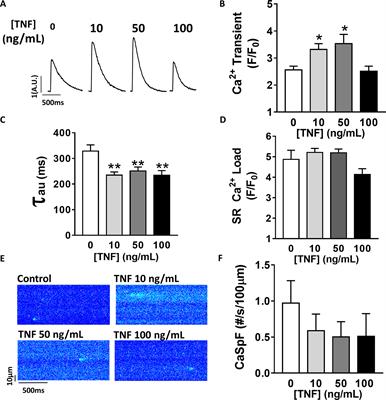EDITORIAL
Published on 04 Sep 2020
Editorial: Evolving Picture of Calcium Handling in Cardiac Disease
doi 10.3389/fphys.2020.01013
- 1,423 views
17k
Total downloads
82k
Total views and downloads
EDITORIAL
Published on 04 Sep 2020
REVIEW
Published on 23 Jan 2020

ORIGINAL RESEARCH
Published on 03 Jul 2019

ORIGINAL RESEARCH
Published on 30 Apr 2019

ORIGINAL RESEARCH
Published on 13 Mar 2019

REVIEW
Published on 01 Mar 2019

ORIGINAL RESEARCH
Published on 07 Feb 2019

ORIGINAL RESEARCH
Published on 06 Feb 2019

ORIGINAL RESEARCH
Published on 21 Dec 2018

ORIGINAL RESEARCH
Published on 13 Dec 2018

REVIEW
Published on 06 Dec 2018

ORIGINAL RESEARCH
Published on 14 Jun 2018
